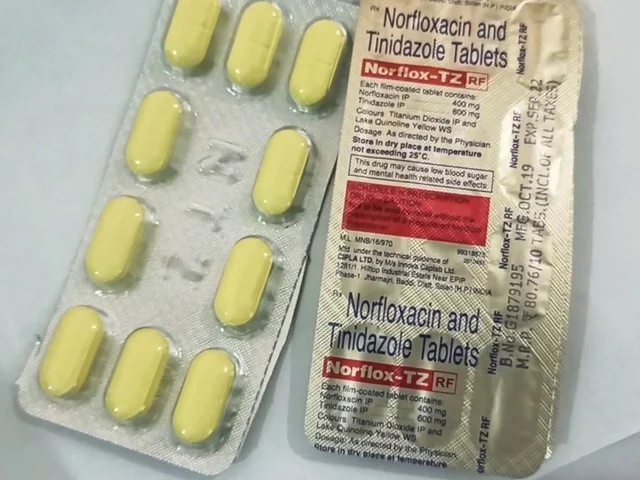Anti-inflammatory effects: what they do and how to get them safely
Inflammation helps you heal after an injury, but when it sticks around it causes pain, stiffness, and long-term health problems. Want to reduce inflammation without guessing? This page explains how common drugs work, what natural choices help, and simple safety rules you can use today.
How common anti-inflammatories work
NSAIDs (like ibuprofen, naproxen, and Celebrex/celecoxib) block enzymes called COX that make inflammatory chemicals. That cuts pain and swelling fast. Celecoxib is COX-2 selective, so it often causes less stomach upset than older NSAIDs but still has heart and kidney risks if used long-term or at high doses.
Corticosteroids (prednisone and similar drugs) shut down many parts of the immune response. They work well for short-term flares, but long use raises blood sugar, bone loss, and infection risk. Biologic drugs target specific immune signals (like TNF or IL-6) and are used when other treatments fail — mainly under specialist care.
Note: acetaminophen (paracetamol) helps pain and fever but has little anti-inflammatory effect. That’s why it can ease a headache but won’t reduce swelling like an NSAID.
Practical tips to lower inflammation every day
Start with small, safe steps: aim for daily movement, cut added sugar and refined carbs, lose a few pounds if you need to, sleep 7–9 hours, and quit smoking. Those changes lower inflammation markers in real studies and often reduce pain.
Diet helps: eat fatty fish or take an omega-3 supplement, add turmeric (curcumin) with black pepper for absorption, and use ginger in cooking. These foods have measurable anti-inflammatory effects in trials, though they’re milder than prescription drugs.
For localized pain, try topical NSAIDs (diclofenac gel) or a short course of oral NSAID. Use ice for fresh injuries and heat for stiff, chronic pain. Physical therapy, targeted exercise, and chiropractic care can reduce mechanical inflammation by improving movement and posture.
Be careful with drug interactions and side effects. Don’t combine multiple NSAIDs or mix them with blood thinners without medical advice. If you have high blood pressure, kidney disease, or heart disease, check with your doctor before starting any NSAID. Use the lowest effective dose for the shortest time.
When should you see a doctor? Get help if swelling is severe or spreading, you have fever, redness and heat around a joint, sudden loss of function, or pain that won’t improve with basic care. For persistent inflammation or autoimmune symptoms, a specialist can recommend the right tests and treatments.
Want more detail? Read our Celebrex guide for how celecoxib compares to other NSAIDs, and check articles on natural supplements and back pain treatments. Pick the option that fits your goals, and always check safety with a clinician before starting new medicines or high-dose supplements.





